Ghent Belfry, world heritage
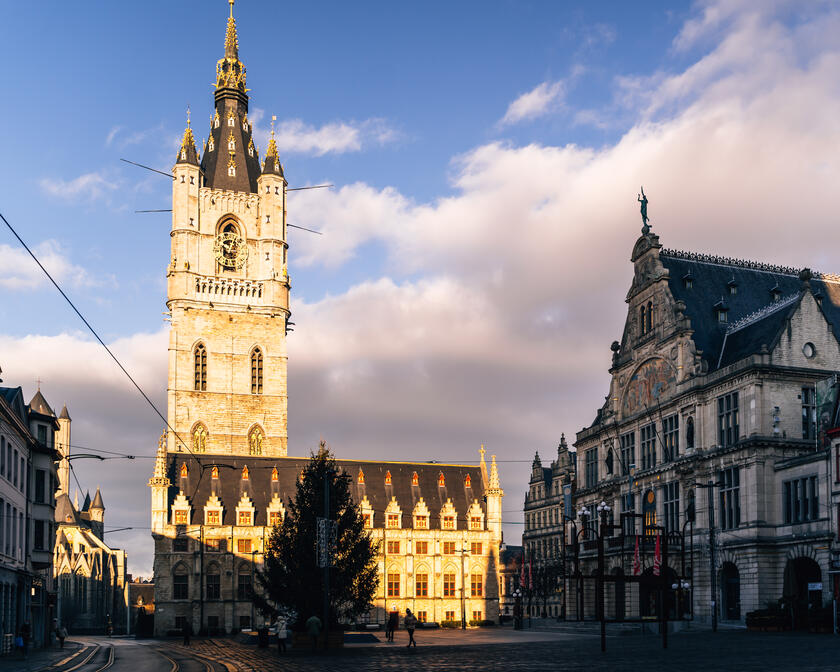

The Ghent Belfry symbolises the city’s prosperity and independence. The Cloth Hall, built onto the Belfry, was completed in 1907. The flamboyant Brabant Gothic style of the Cloth Hall is an ode to the industry to which Ghent owes so much. On the corner of the Cloth Hall is an old jailer’s house. Every Sunday morning you can hear the carillonneur at work between 11 am and 12 noon. In July and August, you can enjoy a live carillon performance every Saturday night, except during the Ghent Festivities, with numerous guest musicians and music from all over the world.
The Ghent Belfry, a recognised UNESCO World Heritage, is well worth a visit. In 1402, it was the place where city privileges were kept: in a chest, locked up in the Belfry safe. The dragon, which has been up on the tower since 1377, kept an eye on the city as well as being the symbolic guardian of the belfry. The Belfry also proudly carried the alarm bell, the ‘Great Triumphant’. Today you will find this bell, nicknamed ‘Roland’ by the people of Ghent, not far from the Belfort on Emile Braunplein.
Until 1442, St Nicholas’ Church was the main watchtower. In 1442, the watchmen in the tower moved across to the newly completed Belfry. Along with the bell ringers, these watchmen, or the corps of ‘men who guard the city’, served until 1869. Fire was a particular danger in Ghent.
The Belfry tower is an absolute must-see! Climb the stairs, listen to the chiming sound of the carillon and enjoy the view of the vibrant city of Ghent. There is a lift from the first floor. The stunning view over Ghent is bound to enchant you. However, the Belfry is not accessible to visitors with reduced mobility.
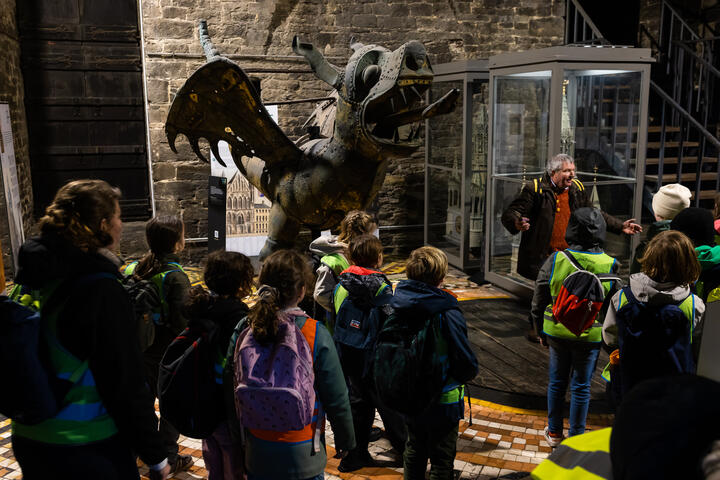
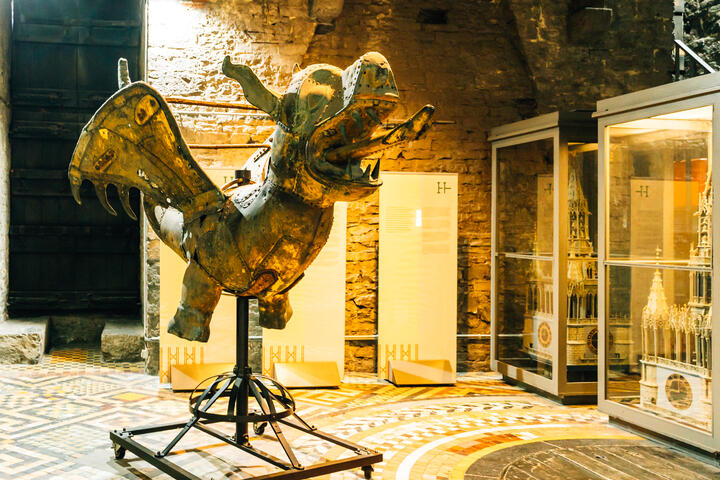
In 1741, a building was erected between the Belfry and the Cloth Hall, which served as the entrance to the city jail. You will see a relief sculpture above the entrance. The sculpture tells an old Roman legend of a man, Cimon, who was sentenced to death by starvation. He survived his sentence because his daughter visited every day and breastfed him. ‘Mamme’ means ‘breast’ and ‘lokken’ means ‘suck’ in an old Ghent dialect.
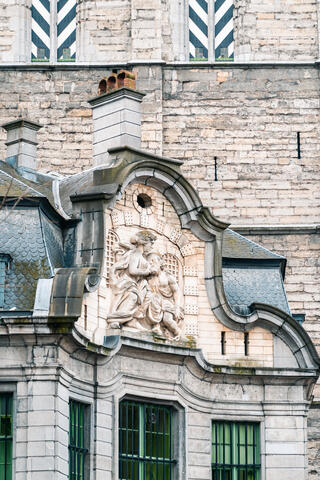
If you visit the Belfry with children, the “Little Guide” is the perfect tool to help them learn more about the building.
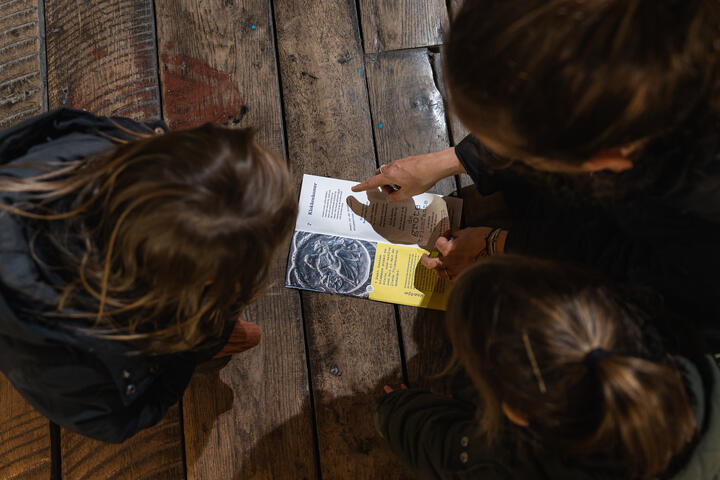
Are you looking for a gift typical of Ghent? Be sure to take a look in the shop underneath the Belfry. It offers dragons, mugs, towels, tote bags, books, pastry mix from Flan de Gand and much more.
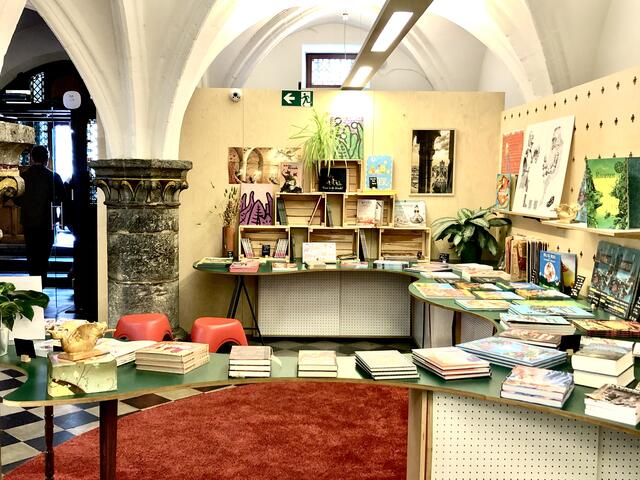
Prefer not to wait in line at the ticket booth? Want to be sure you can discover the Ghent Belfry when you want to? Then book your tickets online in advance and enjoy your visit to the fullest.
Holders of a CityCard Gent do not need to reserve a time slot and will always be allowed to enter. All you have to do is show your CityCard at the desk.
Tickets up to 9:30 pm.